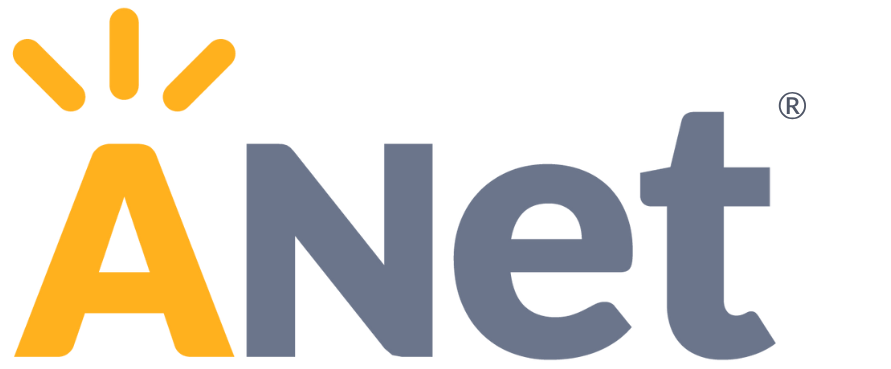by John Maycock

I help facilitate a professional learning community of chief academic officers (CAOs) from districts across the country with Emma Doggett, our chief program officer. We formed this group of strong leaders because they told us they wanted to be pushed by one another—to be challenged, be honest about where they could improve, and do this with their peers. Each time we meet in person, we visit classrooms together, working to deepen our understanding of high-quality instruction. We believe there is nothing more important than engaging with peers on what is happening in classrooms.

As part of our most recent convening, we visited Brooke Charter School in East Boston, Massachusetts. Brooke, one of our organization’s founding schools from over 10 years ago, is part of the highest performing district in Massachusetts. It has a population that includes 75% low income students, 13% English Language Learners, and 6% students with disabilities.
At the end of our visit, every CAO agreed that it was the best instruction they ever saw. But observing this high standard of teaching was only part of my own learning that day.
An effective process deepens learning.
The biggest lesson for me was how the observation process both refined our collective definition of excellence and clarified how we could all improve teaching. We co-developed the process with Kimberly Steadman, the CAO of Edward Brooke, and the team from EngageNY. Here are some ideas for how you can replicate its approach in your own system or school:
1. Develop a common observation tool with clear, straightforward language and observable, measurable actions.
Our observations were anchored in Edward Brooke's “vision of excellence” documents, created by teachers and leaders to define the elements of great teaching. While many systems create their own observation guides or borrow from existing resources (e.g., Achieve the Core’s Instructional Practice Guides), Edward Brooke’s instructional documents (for reading, writing and math) were powerful because of their clarity and explicit teacher-development purpose. You’ll notice there are no boxes to check, no leveled grading system. The documents state in plain language what we expect to see and hear when we walk into a classroom. This makes expectations for strong teaching unambiguous and accessible.
2. Return to your vision again and again.
Instructional documents are key, but it’s critical to to set up an observation protocol in a way that maximizes your observations.
We spent an hour discussing the vision documents before entering classrooms together—and it was worth every minute. The language in the documents helped us form a clear picture of the evidence we would look for in classrooms. For example, “Students must be pushed to articulate their process, even when that articulation is a struggle. It is insufficient for students to be able to get the right answer—they must also be able to explain how they got it and why that is correct.”
Common language and concrete, observable actions ensure everyone—both the observers and the observed—are on the same page and able to get the most out of the observation.
3. Review lesson plans and collect student work to determine impact.
We spent time reviewing lesson plans in advance, which ensured we understood the teacher’s approach, the essential question and related tasks, and the standard(s) he or she was targeting. While observing, we pulled up the standards again so we could check its language against the classroom teaching. We took pictures of student work, which allowed us to look back as a team and determine whether students produced the kind of work demanded by the standards.
4. Observe classrooms as one group, not a series of smaller parties.
We wanted a shared experience, so instead of dividing up into smaller groups, we visited each classroom as one group of 10. Looking back, this decision made a big difference in terms of the quality of feedback we were able to offer teachers and the consistent learning we had with each other—advantages that more than offset the challenges of a large group size.
5. Remember that, ultimately, a culture of continuous learning beats any document.
There are many reasons why Edward Brooke is the highest performing school system in Massachusetts. Teaching quality, as we observed, plays a huge part, but so does the culture of continuous learning teachers and leaders share. It’s not just their “vision of excellence” documents or their process for classroom observations—it’s an unwavering commitment to getting better all the time. Instructional observations take place weekly at each school and their purpose is consistent: to support every teacher to become an even better teacher. Teachers own their development and lead most post-observation debriefs, craving feedback and reflecting on their own progress. They share ideas regarding planning and instruction, and appeared genuinely interested in our group’s observations, questions, and recommendations.

Looking to boost instruction in your district?
Check out how refining your assessment strategy can reduce testing and support teachers!
These CAOs came from across the country—California, Colorado, New York, and Washington, D.C. They’d never been to Edward Brooke, yet we were able to create a process of group observation and reflection that furthered our collective definition of excellence in teaching.
I wanted to share this process, because it was a powerful experience and is replicable. I believe these lessons can help any school or district develop the kind of open, honest, and vulnerable reflections on teaching practice we need to reach the level of teaching we want for all children.
John Maycock cofounded ANet and helped lead the org for 11 years.
